AAR – Dunn-Kempf – The 1000 Meter Dash
This AAR uses the Dunn-Kempf rules, applied to the same scenario as in the TacForce game.
“The Dunn-Kempf war game was used to teach a generation of Western small unit leaders war-fighting techniques. Developed in the mid-1970’s, the game became one of the American army’s key indoor training tools to help prepare young commanders to make decisions when faced by an aggressive opponent. The Dunn-Kempf model, or rather variants of it, were used for approximately 20 years.”
--- From the rule book introduction (Dunn Kempf, The American Army Tactical Wargame 1970-1990, edited by John Curry, 2011)
Though I was in the US Army in the late ‘70’s I never heard of this game/training tool until a couple of years ago. I located a copy of the rules from the History of Wargaming Project and now, finally, have taken them out for a test drive, using the same scenario, forces, and plan as in the TacForce AAR above.
The Dunn-Kempf game was intended to be used, interestingly, with GHQ 1/285 scale models with a vehicle model equaling a vehicle and an infantry stand equaling a fire team. Ground scale is 1” = 50 meters.
Each turn represents 30 seconds. Turns are sequential, the US portion of a turn is first, the Soviets second. Each player turn consists of, in order: (1.) Calls for indirect fires; (2.) Previously scheduled indirect fires arrive; (3.) Previously fired smoke is adjusted; (4.) Direct fire by phasing player; and (5.) Movement by phasing player. This sequence allows a side to shoot and then move before the other side can reply, advantage US as they go first in each turn.
TacForce is also sequential, but the Soviets go first. However, in each player’s fire phase both sides fire, better quality units firing first. Thus, as an example, a higher quality US tank platoon could fire first in a Soviet fire phase, followed by Soviet tanks, then Soviet infantry, then US infantry, the order based on their quality rating, which is determined as part of the game setup.
So, the game, under Dunn-Kempf.
The Forces
The US has four infantry squads with LAWs; two Dragons; two M150 TOW tracks; the company mortars (3 x 81mm); and six M113s. A 155 mm battery is available.
The Soviets have a motor rifle company with ten BMPs, four T-62s, and a 122mm battery in support.
The Soviets will follow the plan of the TacForce game: smoke the US positions to blind their ATGMs and charge across the open kilometer of ground at speed and hope they make it, and storm the hill by close infantry assault.
The Game
The Soviet artillery works the US position, putting down HE and smoke. The HE kills one US fire team. After the whole hill has received smoke the Soviets move into the open. The smoke rules governing smoke propagation and dissipation are working against the Soviets because the smoke is clearing from in front of the US flanking Dragon and TOW positions.
The first volley of US ATGMs, a TOW (right) and a Dragon (left) are targeting the T-62 tanks, looking to kill the center tanks, assuming that one of the tanks is a platoon leader’s vehicle. There are no command rules in Dunn-Kempf, but what the hey? The Dragon misses but the TOW gets a kill.
As the smoke dissipates further, all TOWs and Dragons get a view of the oncoming Soviets and fire at the tanks. Incredibly, all the ATGMs miss. There is a significant difference in ATGM hit/kill probabilities between Dunn-Kempf and TacForce. More on that below.
The Soviet artillery works to keep the smoke screen effective, but clear lines of sight on the US left lead to another volley by the Dragon and TOW. There is another miss by the TOW but the Dragon kills a tank. The ATGM blast signatures (see small white plumes in upper right of photo) allow the remaining T-62s to spot them and a M150 dies.
The destroyed M150.
The US calls for final protective fires (FPF), the 155s falling in the front center and the 81s to the right. The Soviets continue their advance at speed.
The Soviets plunge through the US artillery FPF. There is a 50% chance of a no effect under the FPF. The Soviets lose a BMP to the US artillery. However, as the BMPs emerge from the smoke and dust they come under a barrage of M72 LAWs which kill two more BMPs. TacForce has a rule that allows for a chance of vehicle crews and/or passengers escaping their vehicles. In Dunn-Kempf a vehicle kill kills all. At this point the Soviets have lost a third of their infantry.
The surviving Soviet infantry dismounts and a bloody close assault begins.
The die rolls are kinder to the Soviets so the US is driven off the hill.
Losses
US lost:
- 1 M150 TOW track
- 1 Artillery FO
- 1 Company commander
- 5 Infantry fire teams (63% infantry losses)
Soviets lost:
- 2 T-62s
- 3 BMPs
- 11 Infantry fire teams (61% infantry losses)
Evaluation
So, how does Dunn-Kempf play? Very well. The rules are simple, much more so than the TacForce game. The mechanics are not complex. The play flows smoothly. I did encounter some some ambiguity in the artillery rules. The charts are not always well explained, so there were moments when I had to puzzle them out, but overall, a decent game. Its relative simplicity allows the player to focus on his tactics. As this game was intended as a training tool for tactics for serving military, that is a measure of its suitability to its purpose.
The developers of the game encouraged users too modify it to their needs. The copy of the Dunn-Kempf rule set edited by John Curry includes modifications made by the US III Corps. I haven’t tried these yet.
A big difference between TacForce and Dunn-Kempf I noticed in my comparison games is in how the TOW missile is rated for effectiveness. Against a moving T-62 tank at 1000 meters, the TacForce TOW data gives a 72% chance of a kill. Dunn-Kempf gives the same target a 41% chance of being killed. This was important in my Dunn-Kempf game in the US side getting so many misses with its ATGM fires (and bad die rolls for the US). The III Corps mod for Dunn-Kempf gives the TOW a 58% chance for a kill on a moving T-62 at 1000 meter. Quite a spread. Which is the more correct data?
Of interest is that both TacForce and Dunn-Kempf produced similar outcomes for the Soviet tactics, though slight changes in luck could have given the win to the US side with either rule set.
Would I be happy to use these rules again? Yes.

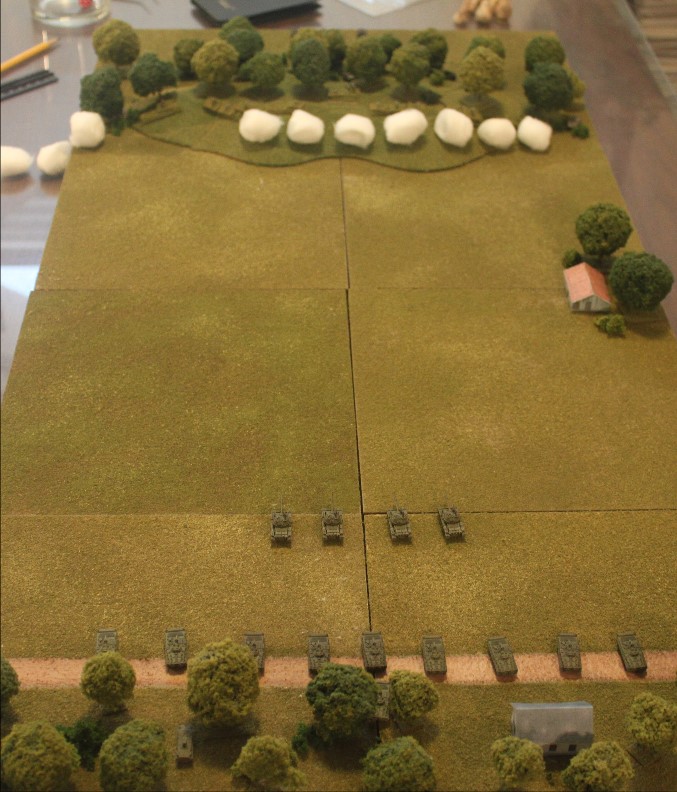

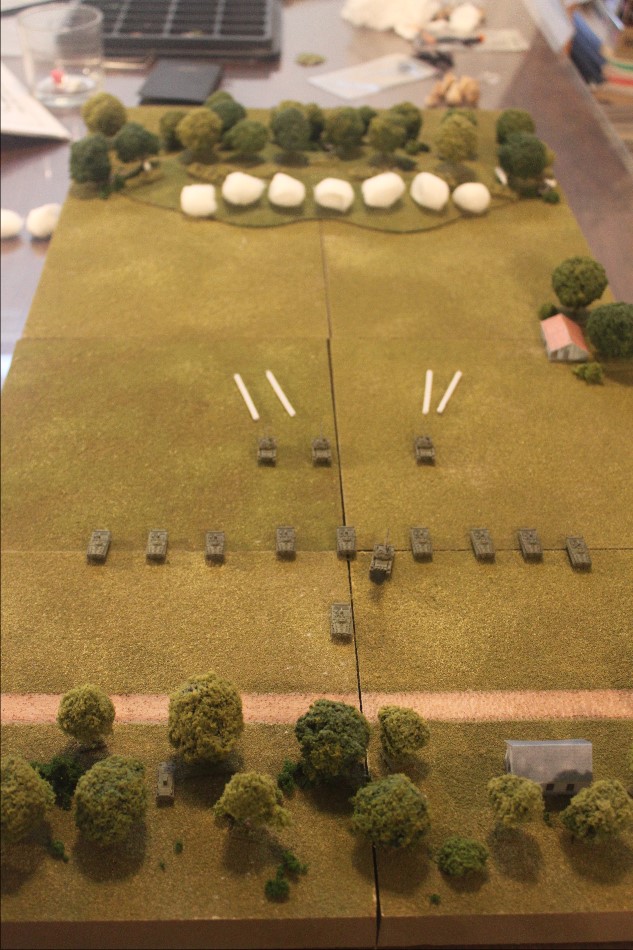
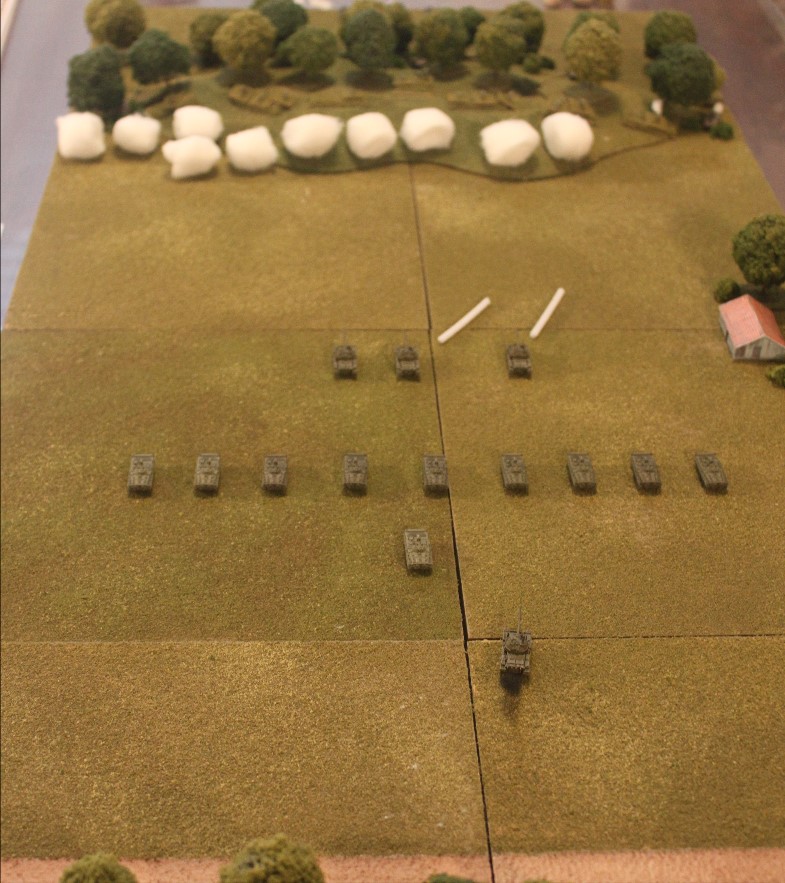


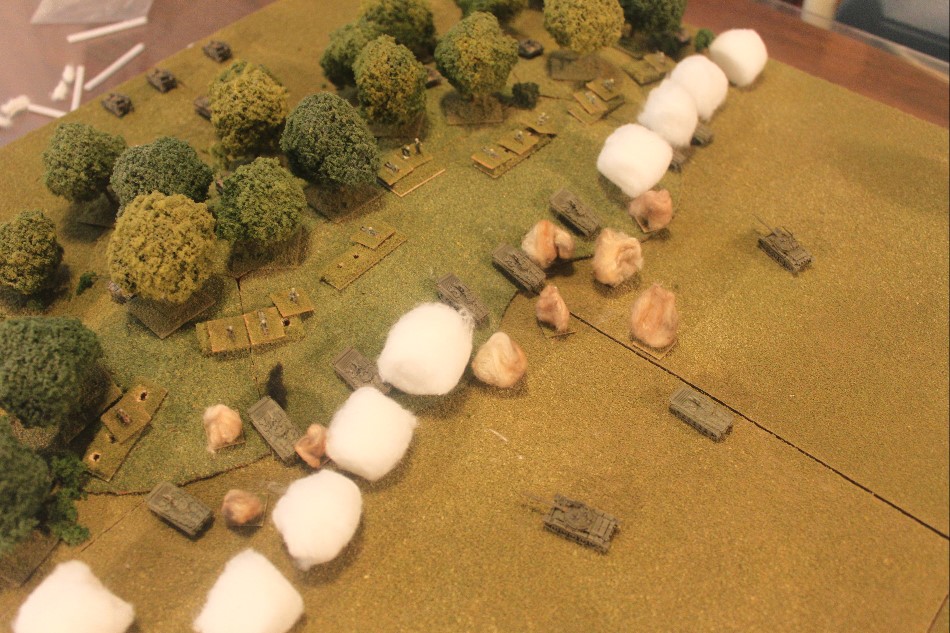
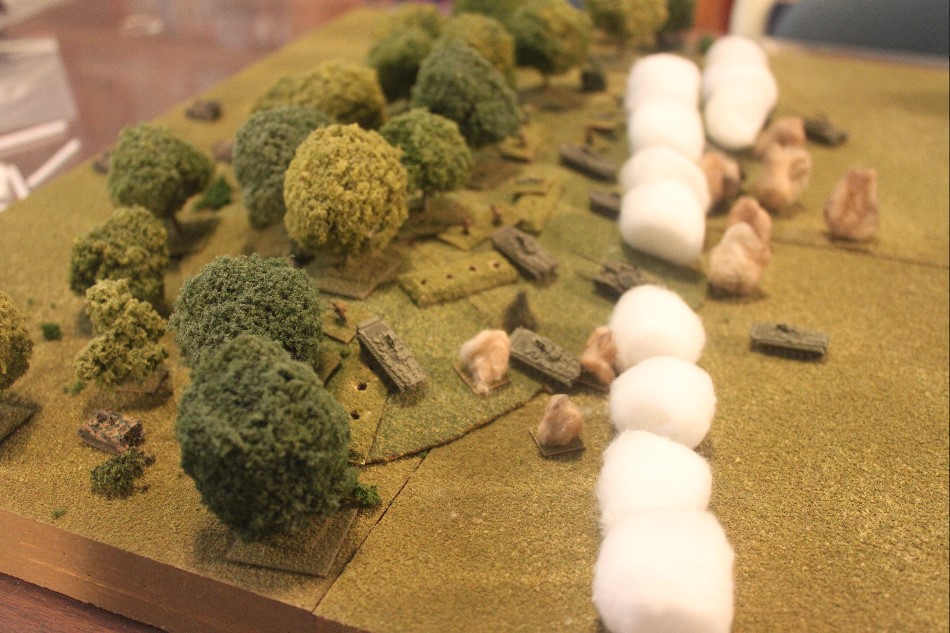
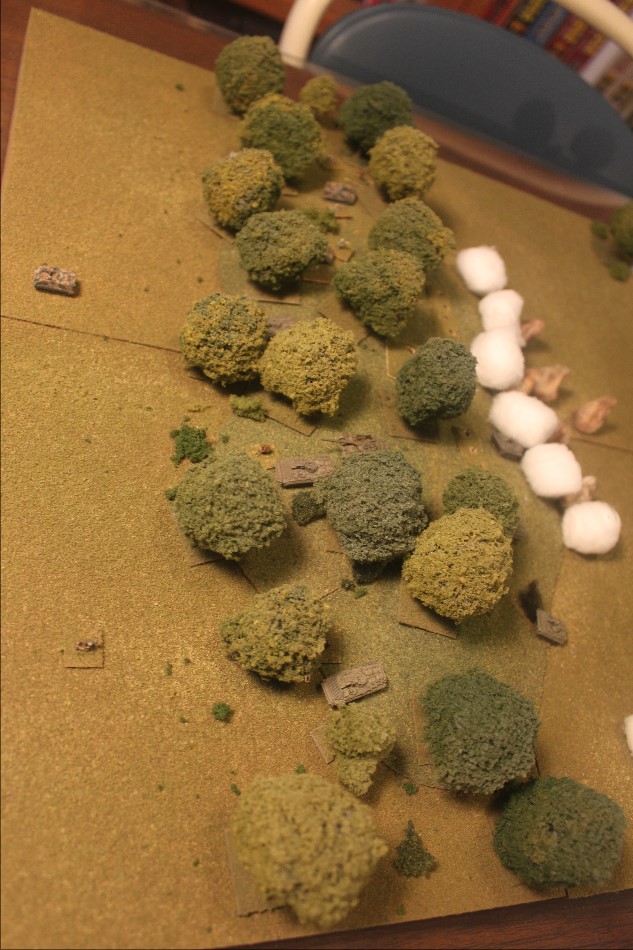
Comments
Post a Comment